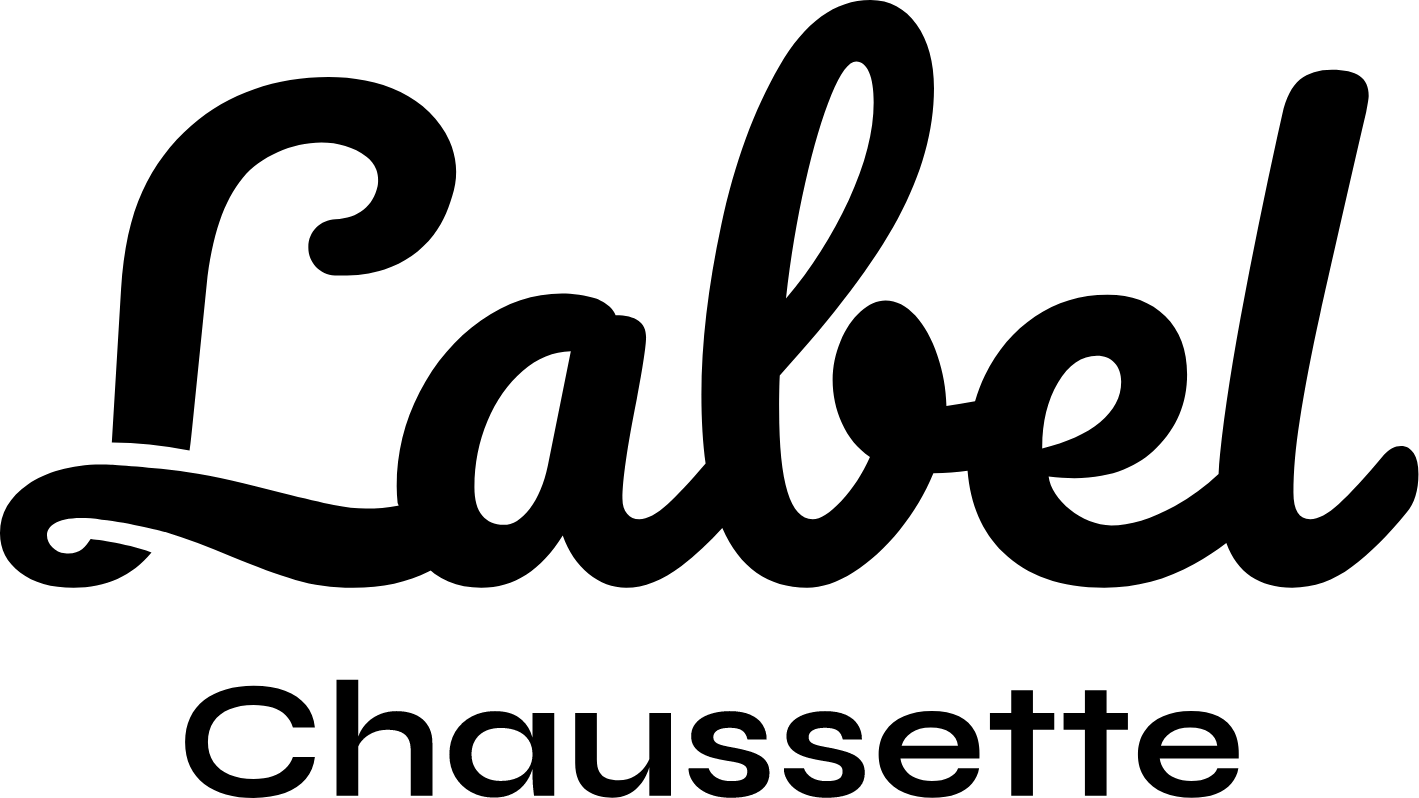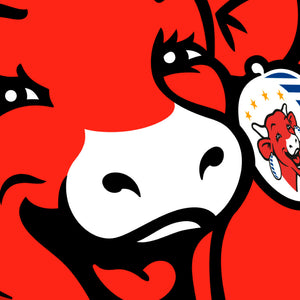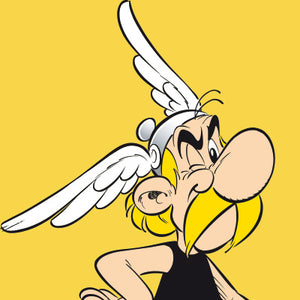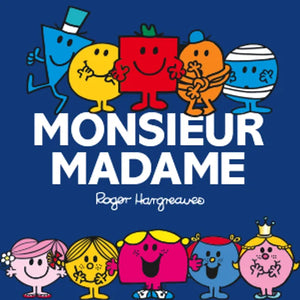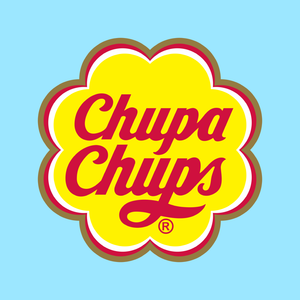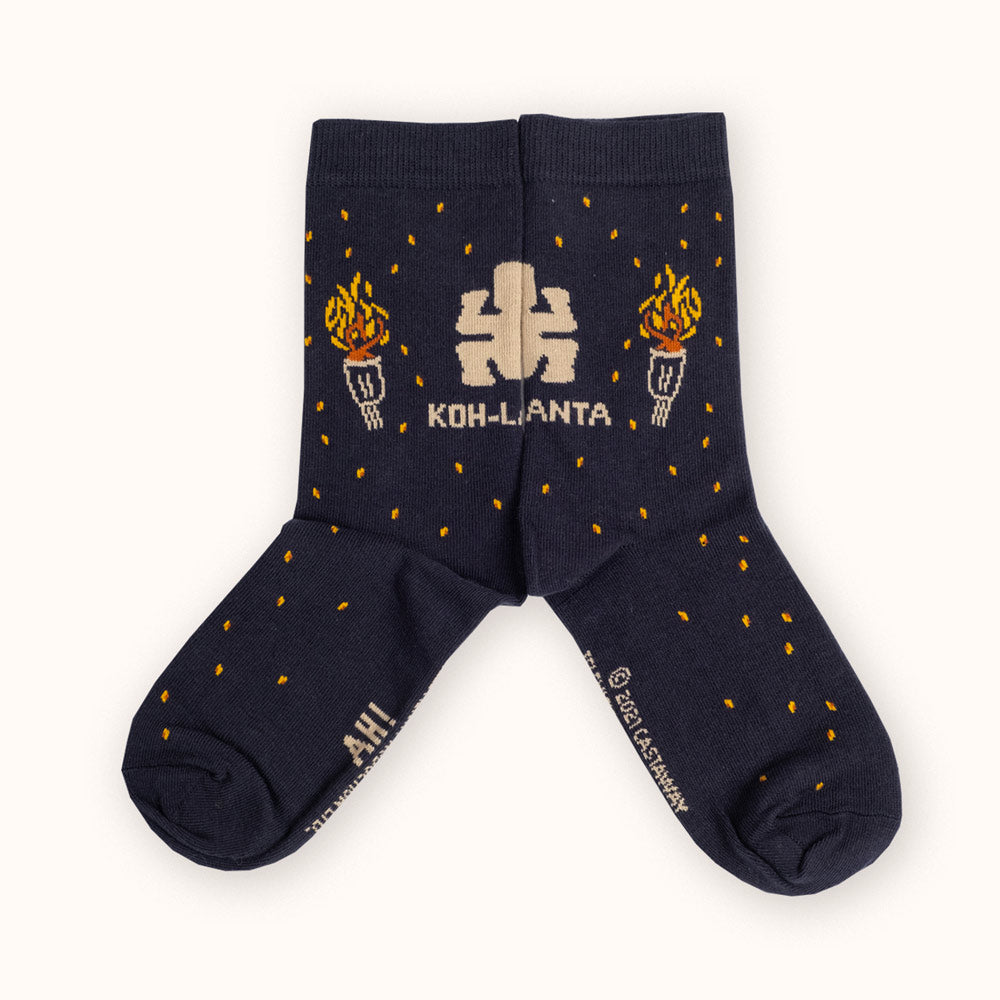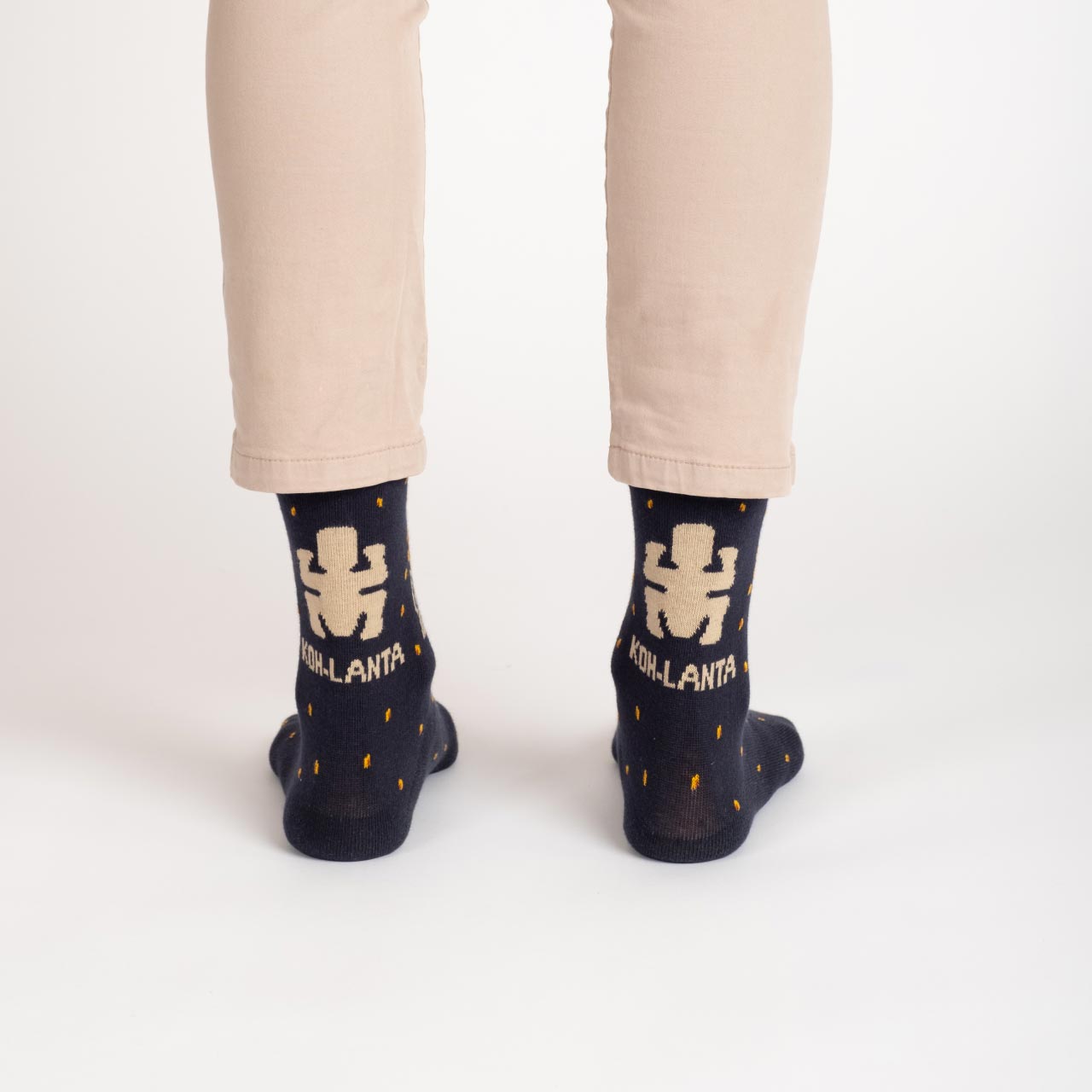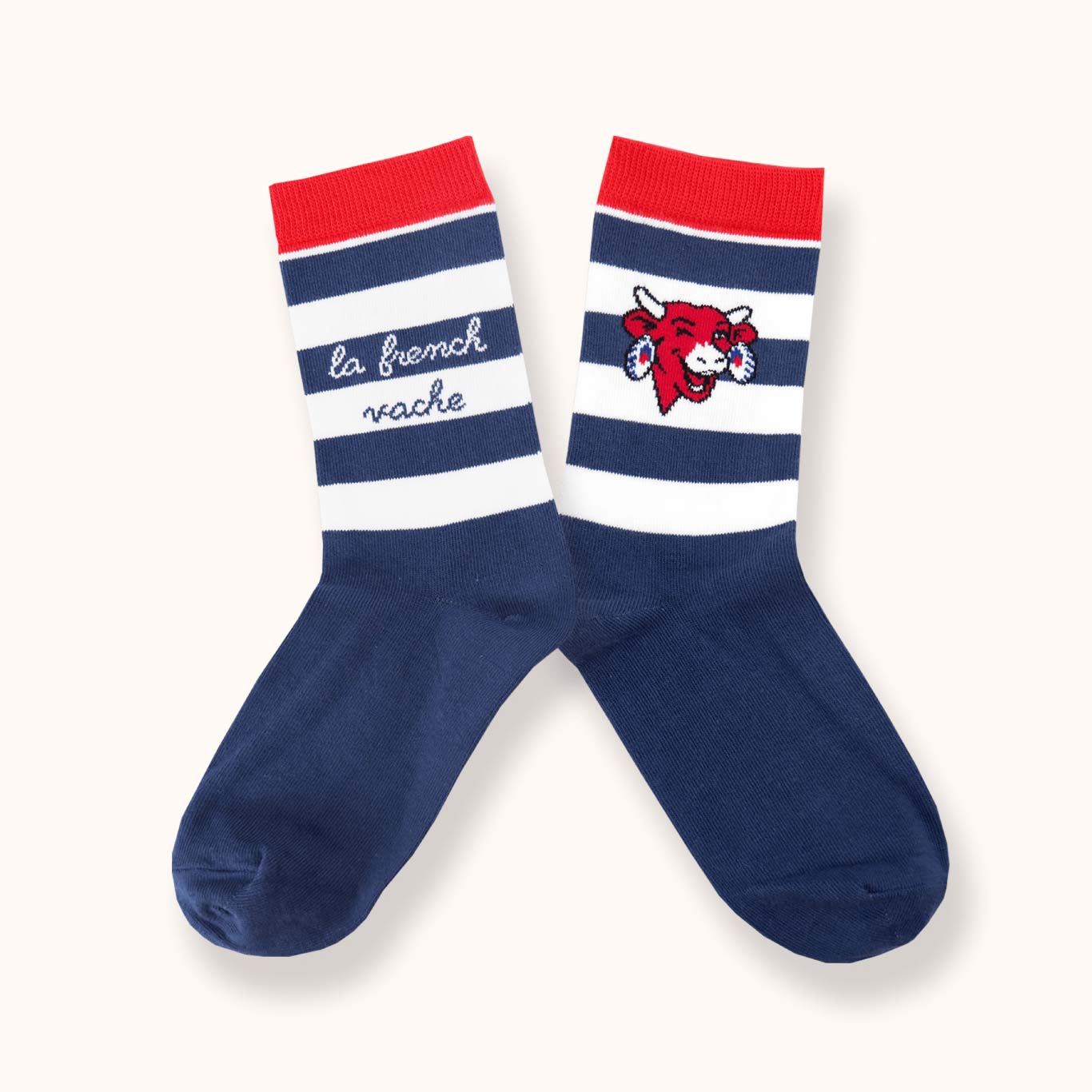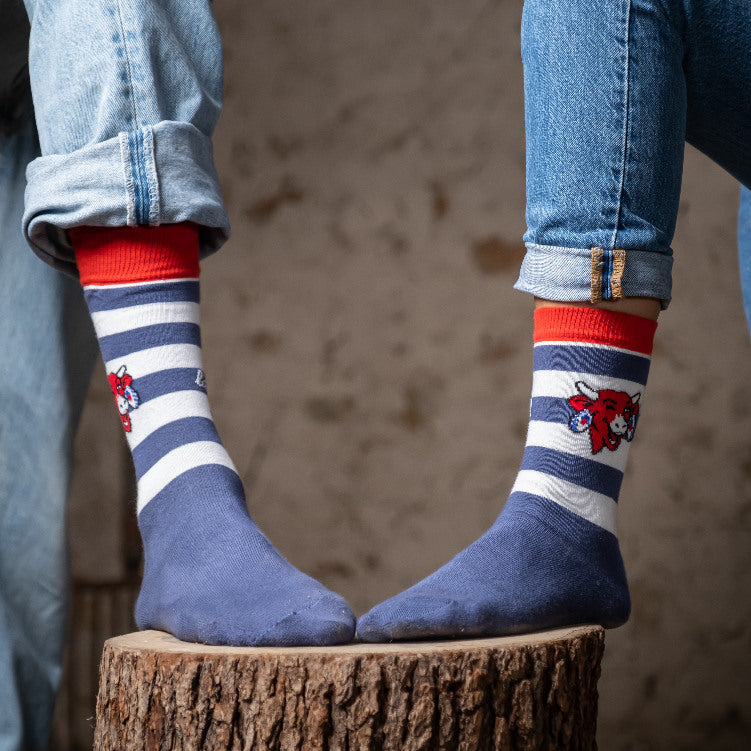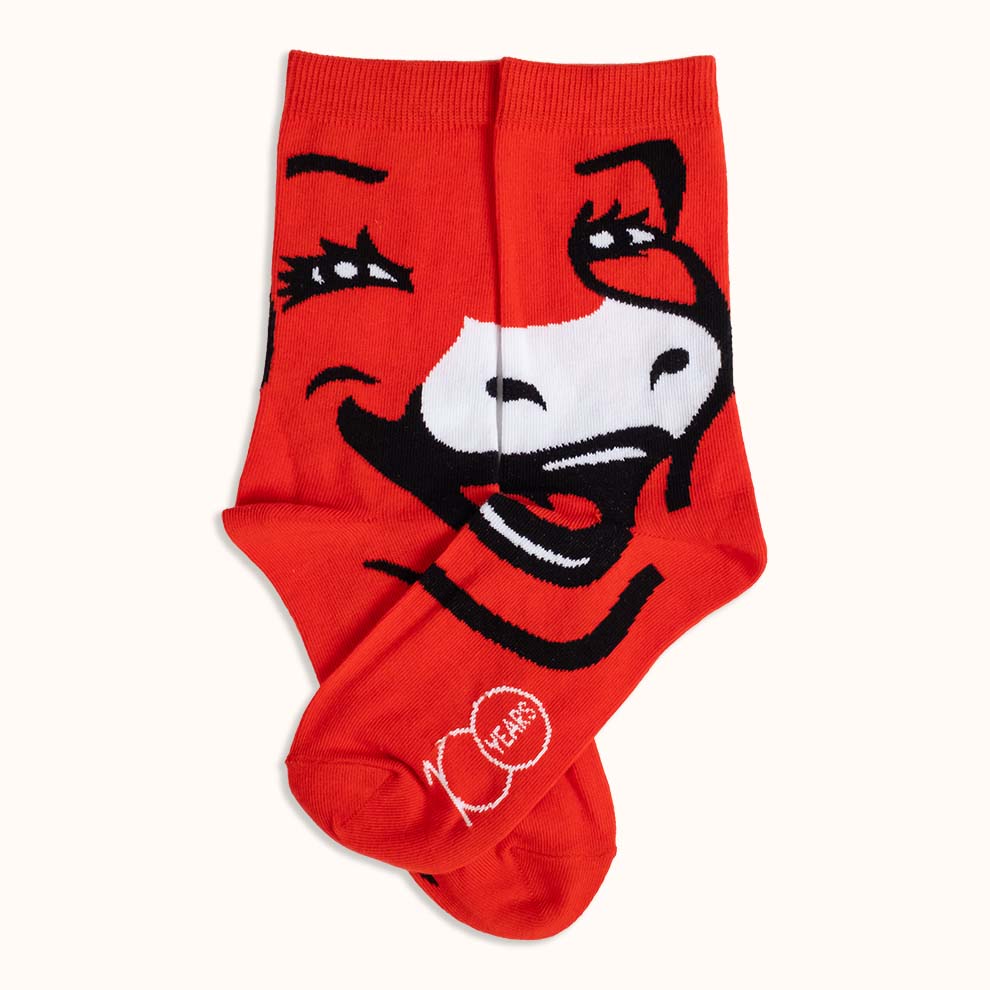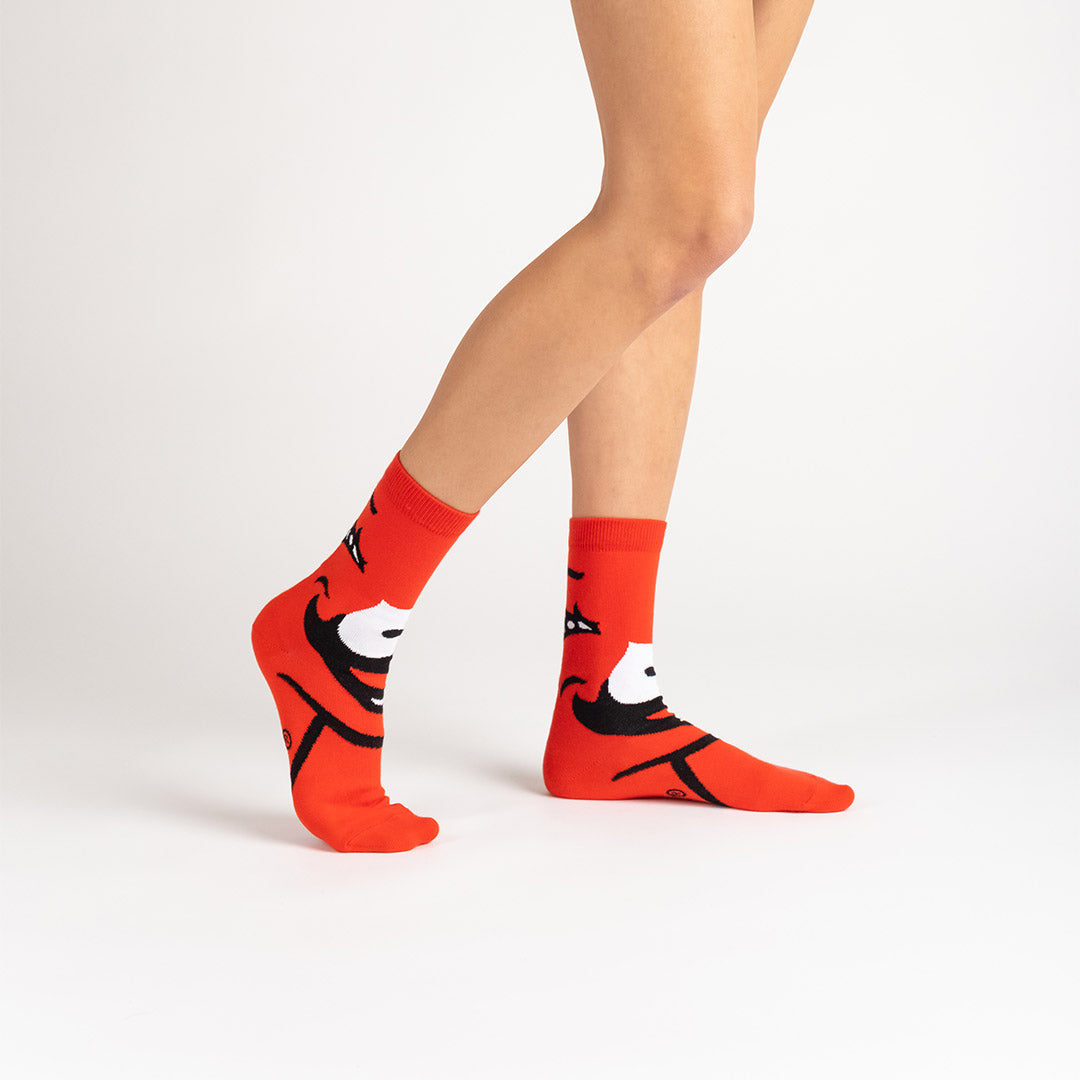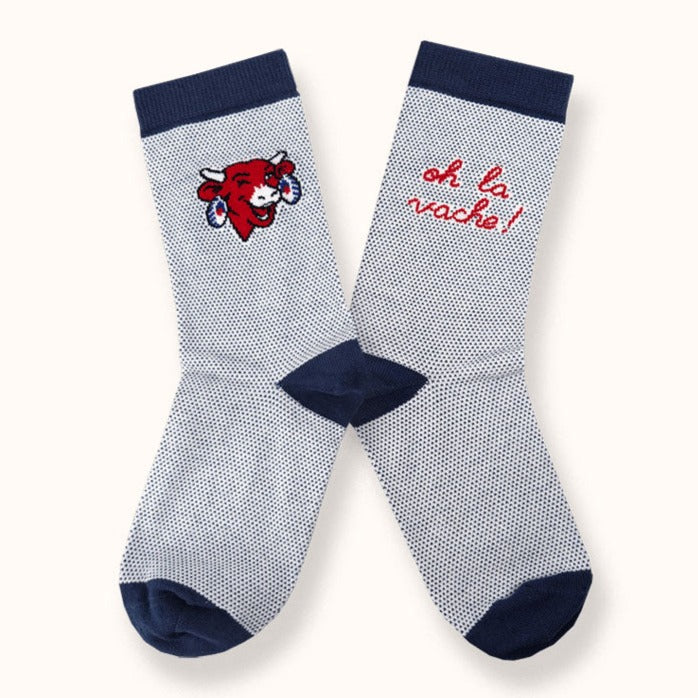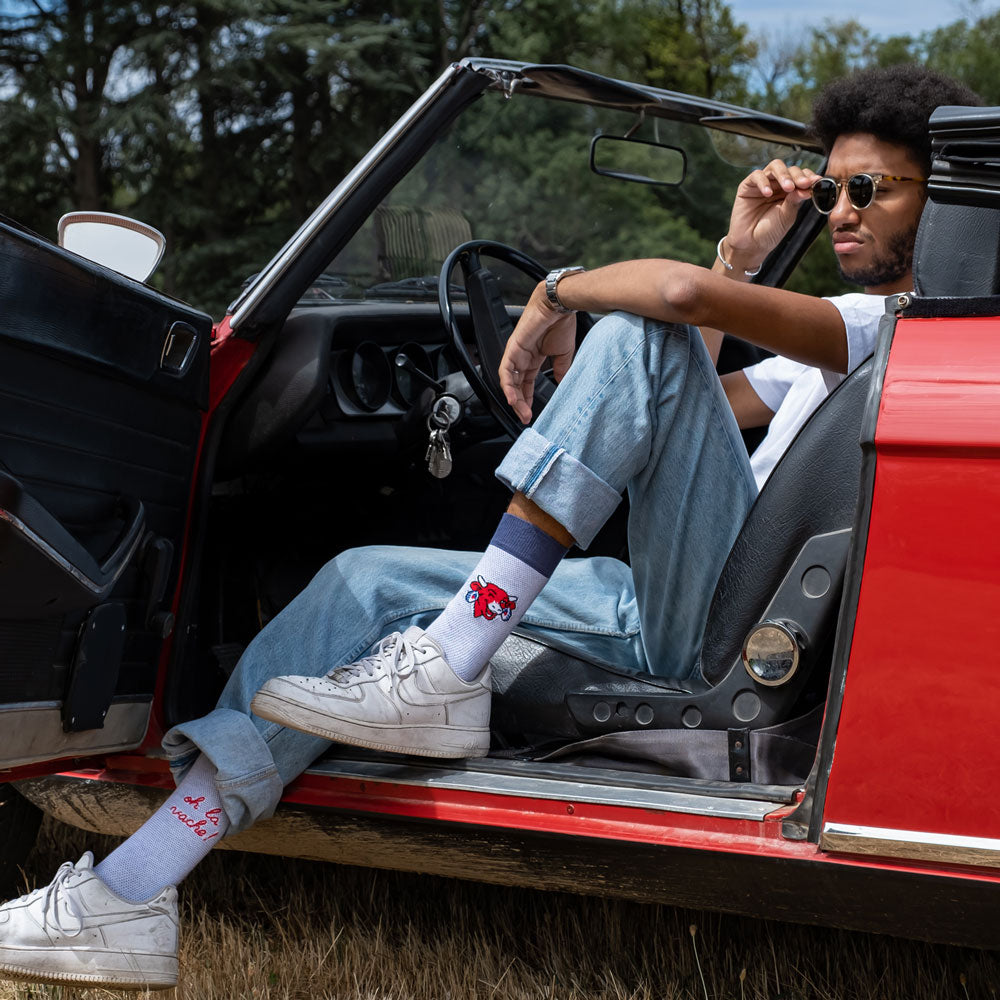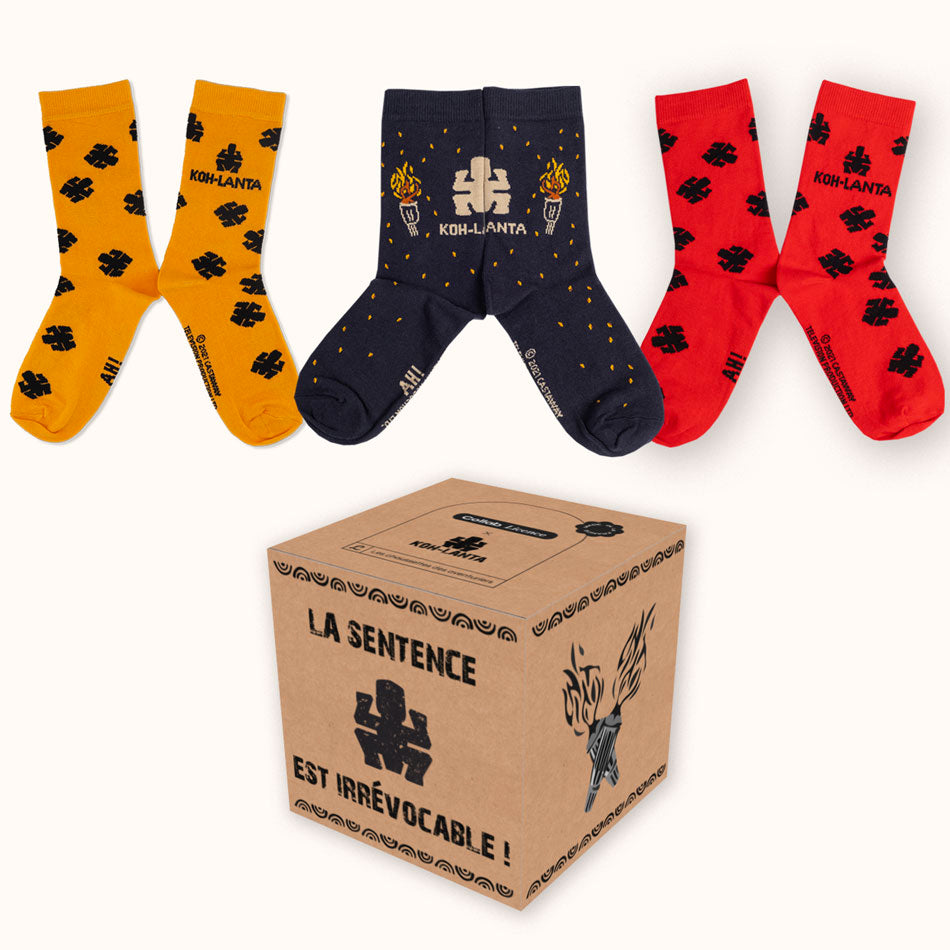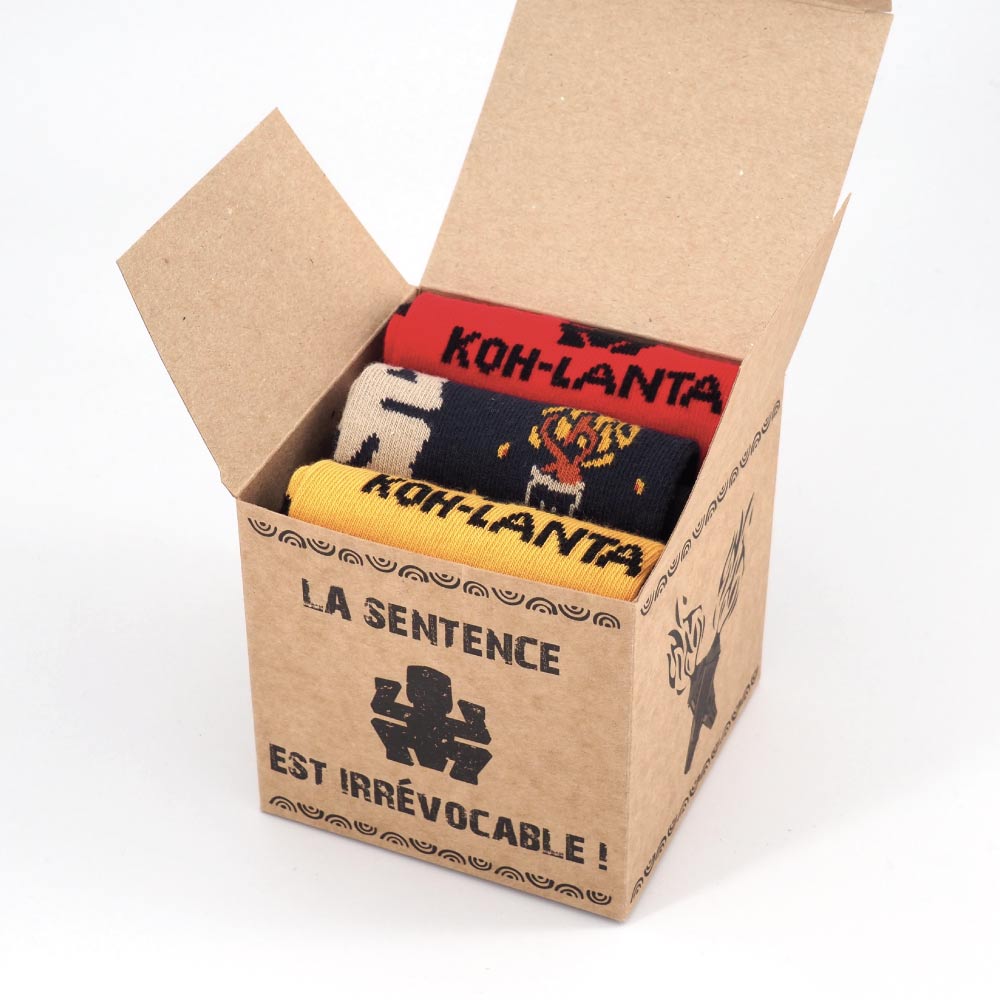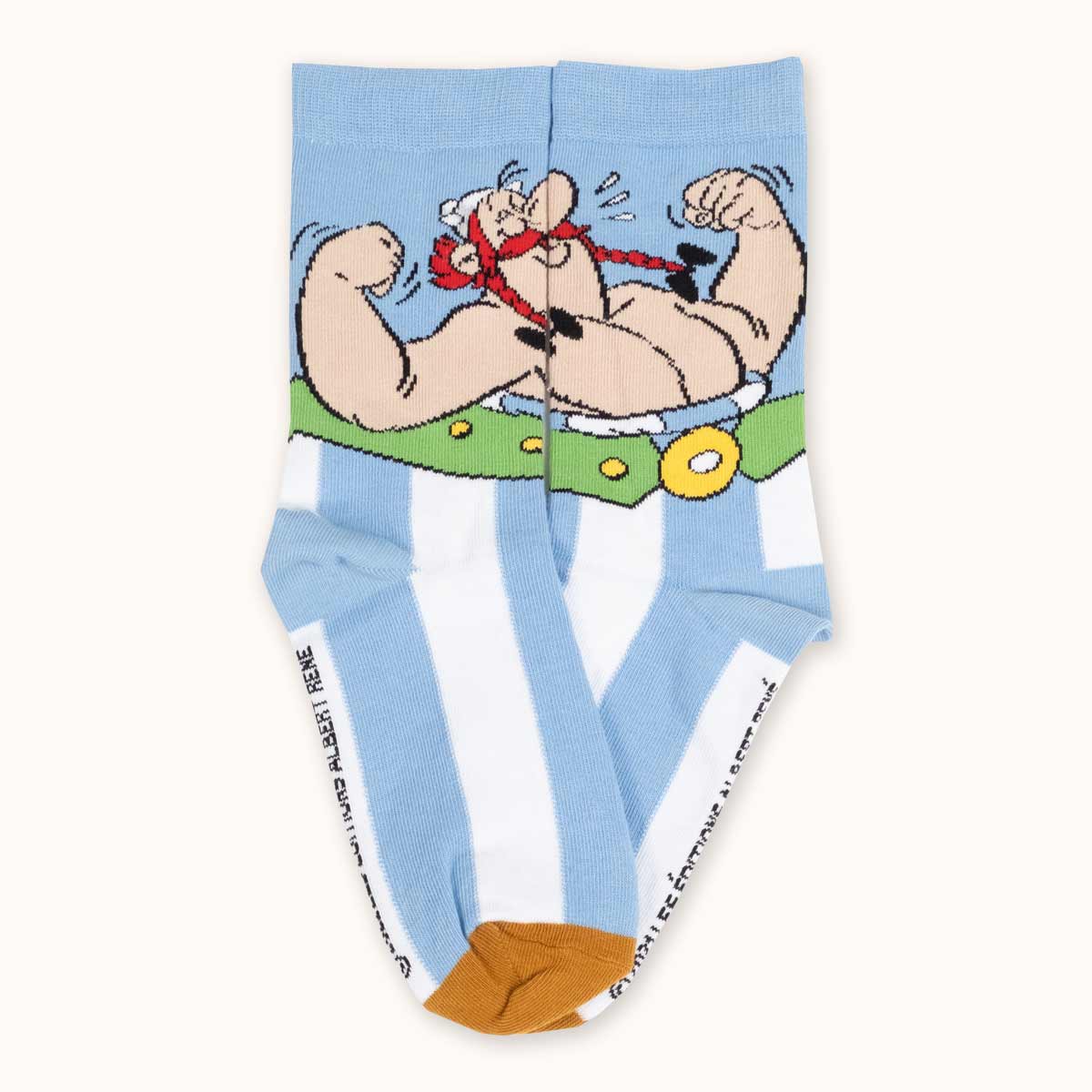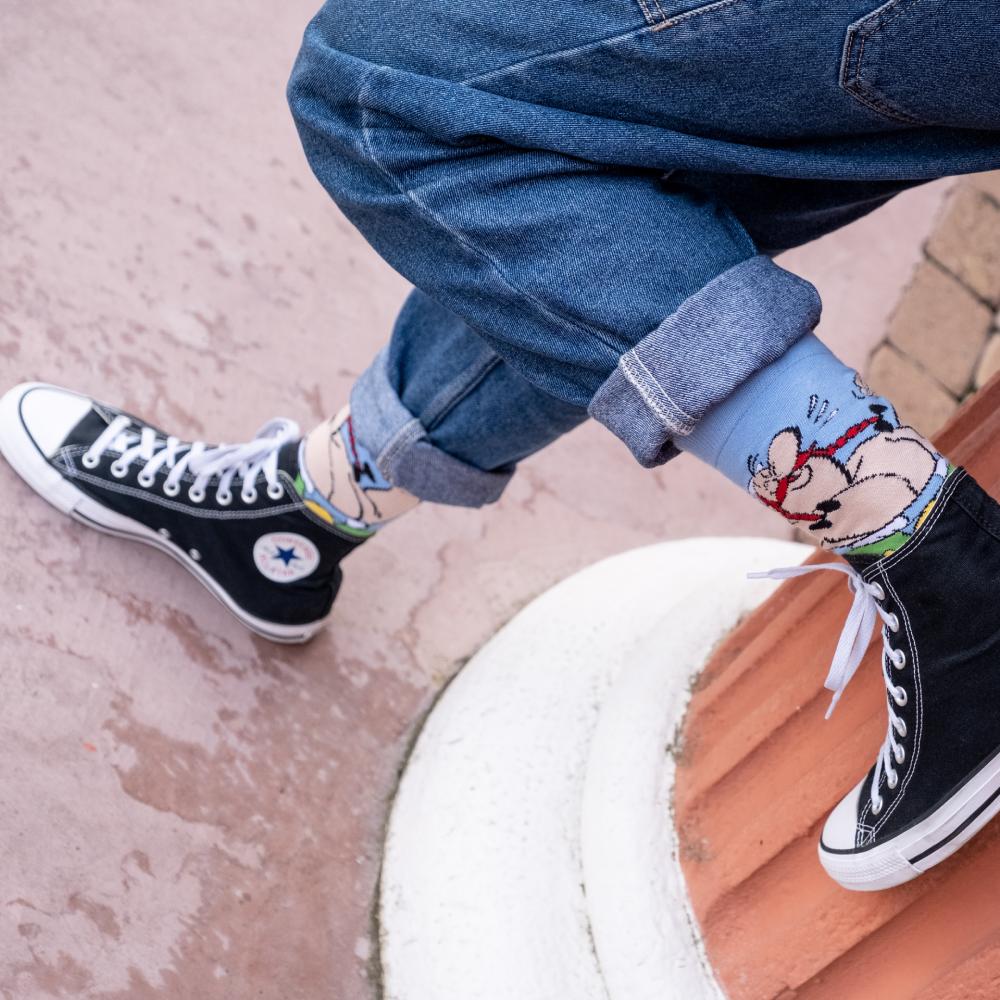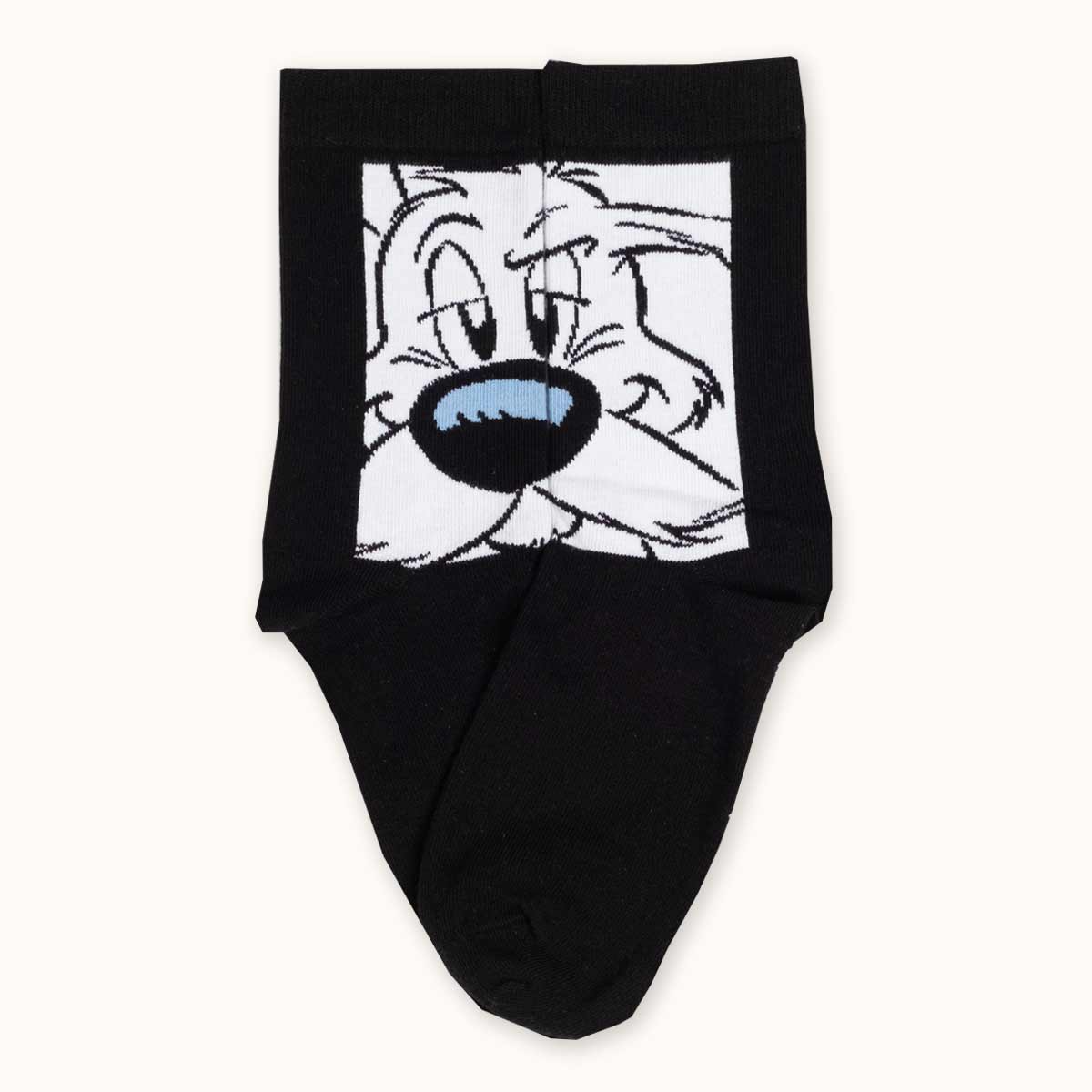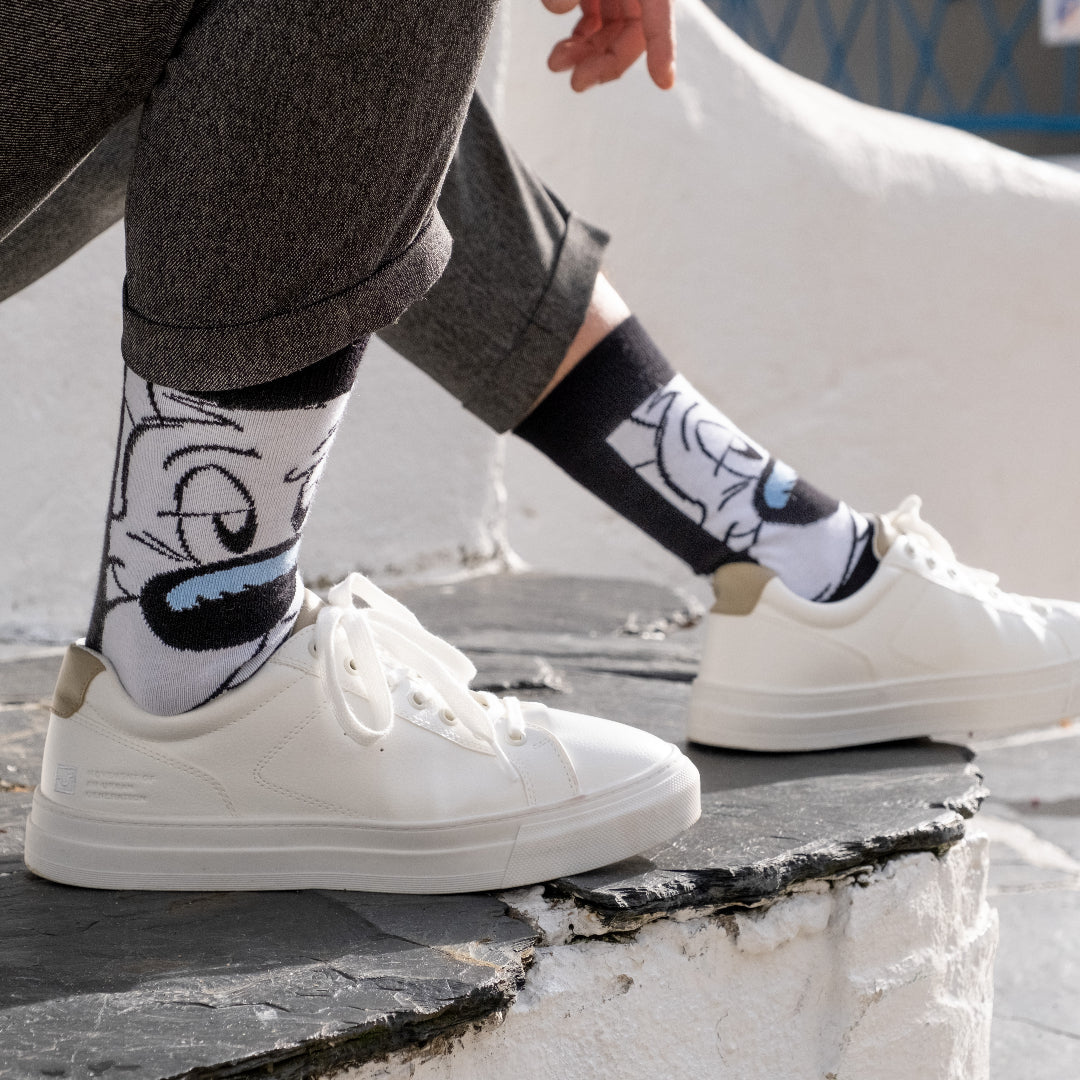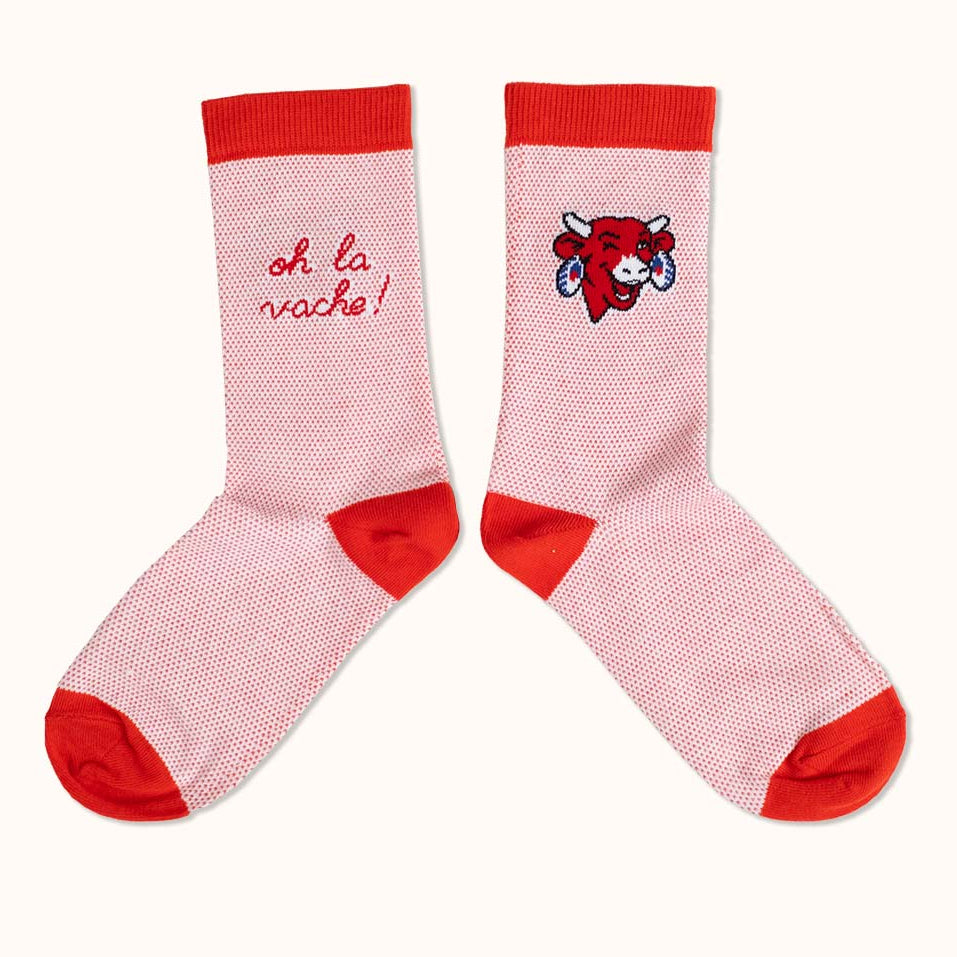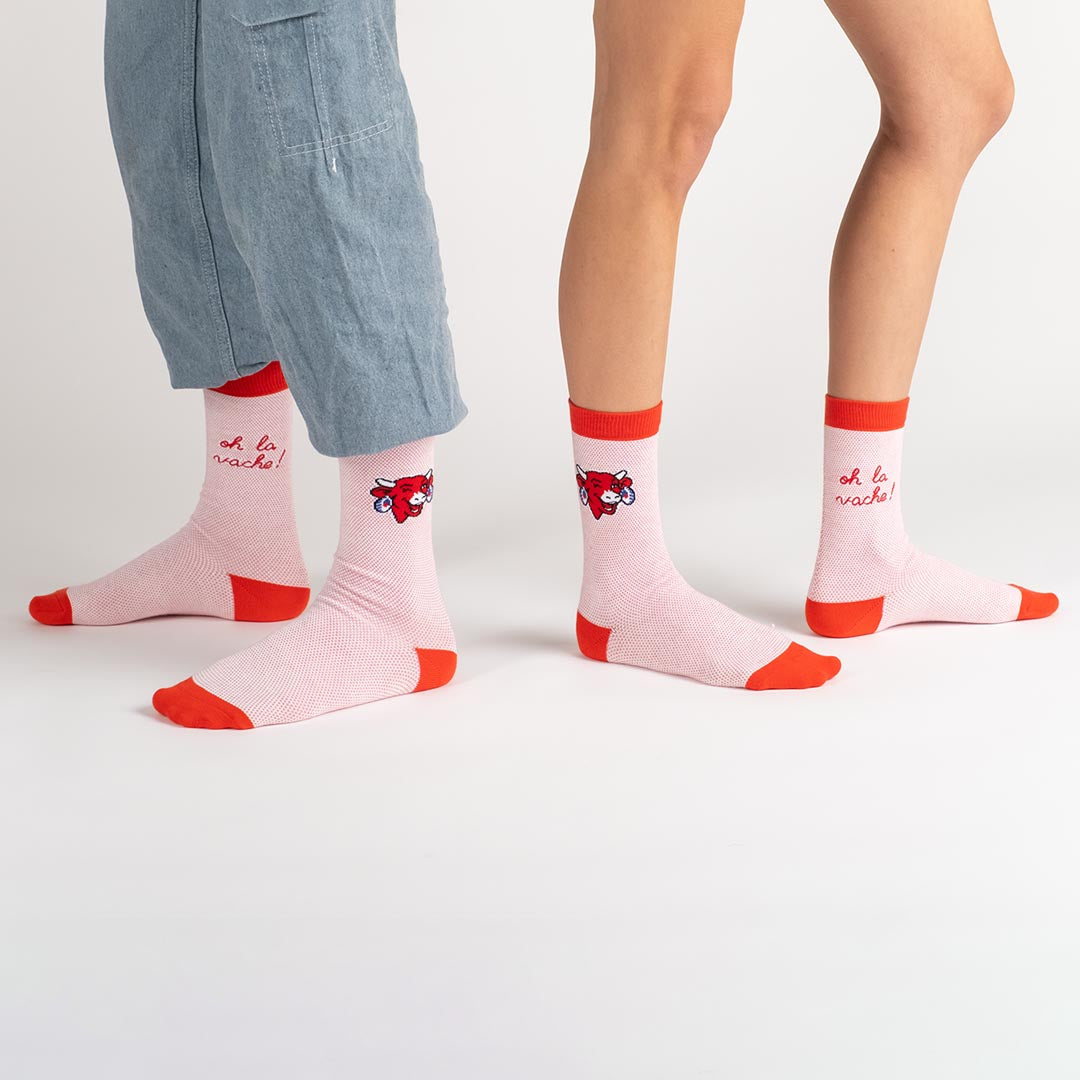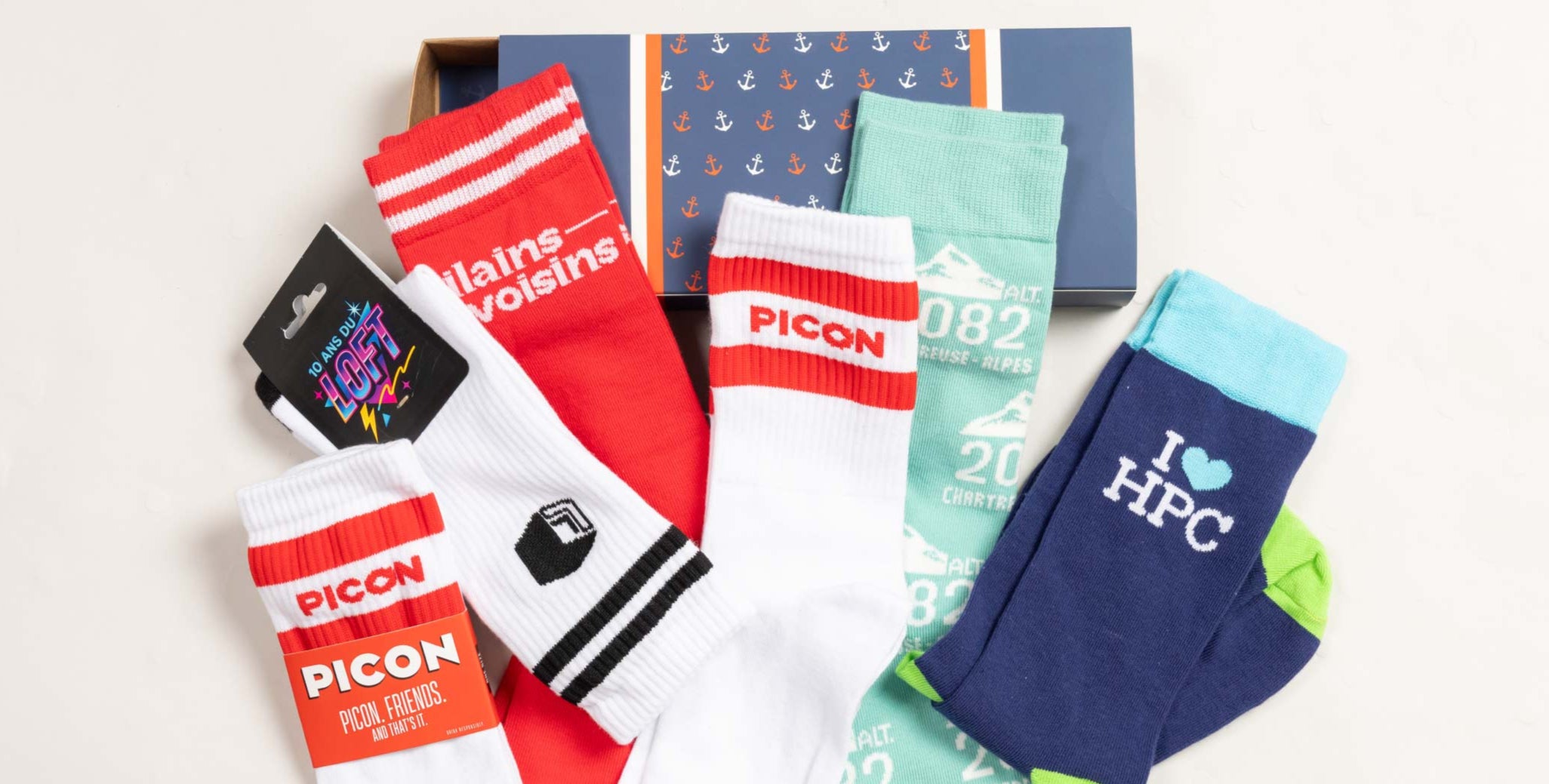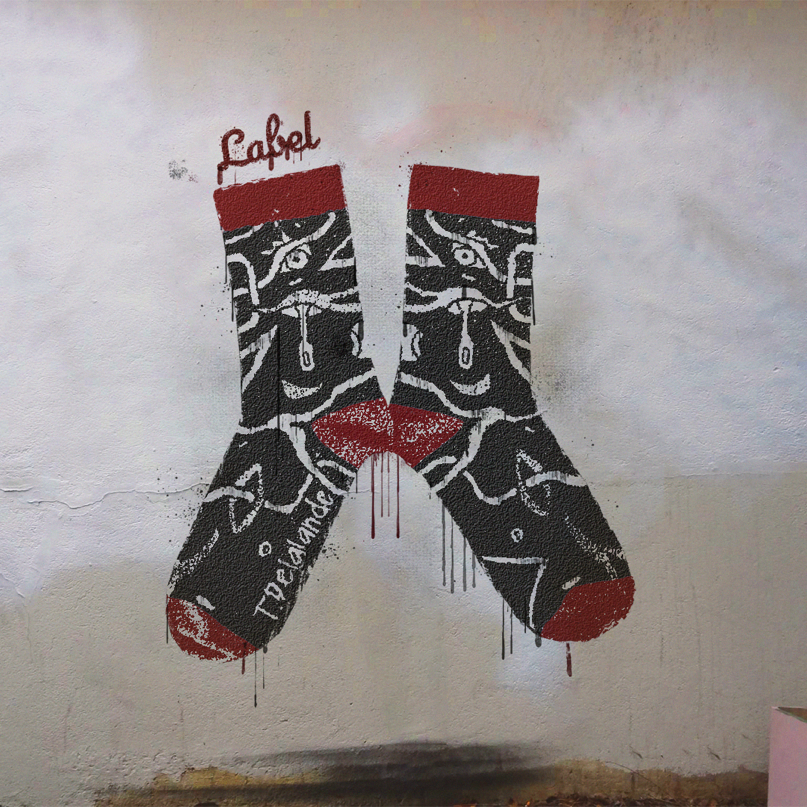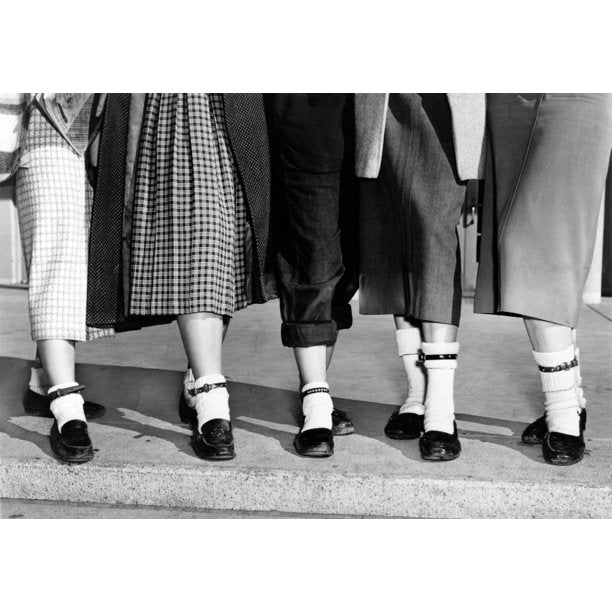The history of fashion, from the textile industry until the arrival of fast fashion


Last April 22 was Earth Day but for us, Earth Day is every day!
Also, the “Who made my clothes?” movement. attempts to raise awareness about the conditions and impacts that our way of consuming brings, particularly since fast fashion. This campaign wants to prove that we can consume what we like while having ethical and sustainable values.
Every year, 150 billion items of clothing are produced. That's more than 20 pieces per person. In just 15 years, this figure has doubled. To meet demand, the fashion industry hires 1 in 6 people worldwide.
Another problem: in France, we only wear 30% of our clothes. The rest sleeps in our cupboards. Each year, a French person buys on average 30 kg of clothing and throws away 11 kg. Of these, only 2.5 kg are recycled.
And as this is a subject that is close to our hearts, we wanted to do an article on our way of consuming nowadays, and especially since the arrival of fast fashion.
To begin with, what does fashion itself mean? Fashion is a reflection of an era, a period, a state of mind, a country, a culture, a tradition. A fashion is fundamentally not made to last, it is defined in time and space.
In prehistoric times, there was no fashion. The clothes, or rather the pieces of fabric, that the men wore had a purely functional use: they only allowed them to dress and not be cold. There was no artistic dimension.

Primary use of clothing: not to be cold
Subsequently, during the 14th century and until the 19th century, fashion was a uniquely aristocratic, bourgeois phenomenon. We wanted to be well dressed, we sought elegance.
It was in the second half of the 19th century that fashion boomed with the arrival of department stores and Haute Couture. The first fashion show took place at the initiative of the Franco-British designer, Charles Frederick Worth.
 1855: Creation of the Louvre department stores
1855: Creation of the Louvre department stores
Arriving in the 20th century, the hi-hat fashion was in force.
Make way for short hair and pixie cuts during the day, chic and luxurious outfits, jewelry, dresses and accessories that shine in the evening. This fashion, initiated in part by the essential Coco Chanel, reflected the beginnings of women's independence.
Then during World War II, the fashion industry took a hit. Resources are lacking, fashion houses are closing and outfits are regulated. However, fashion survived thanks to the ingenuity of the women of the time: they dyed their legs with tea to imitate silk, they drew stockings with black pencil, they even made clothes with curtains. During this period, the hat became the essential symbol of fashion.
The post-war period (1960/1970) was marked by the arrival of the t-shirt and jeans in France, worn by men and women: in the spotlight, bell bottom pants, dresses romantic, fringed jackets and miniskirts.
A few decades later (1980/1990), fluorescent colors and shoulder pads were in vogue. We also wear platform soles and the high-waisted jeans so popular these days are becoming fashionable.
 70s: A fashion that comes back into fashion
70s: A fashion that comes back into fashion
It was also during this period that top models became all the rage and influenced fashion.
So it’s the period of disco, pop, streetwear, rock and goth.
The 2000s rhyme with the arrival of Adidas and Puma. We buy and wear the brand and no longer just clothes. These were also the years of originality with wide pants, short, tight tops and colorful glasses. This way of dressing was largely influenced by the R'n'B music style of the time.
Today, we seek originality in simplicity. There is no predominant fashion and this is largely explained by fast fashion.
Fast fashion is a widespread trend these days in the fashion industry which consists of a rapid renewal of the collections offered. Relying on a very sustained production pace, certain brands like Zara renew their collections every two weeks. The Internet also plays a big role in the expansion of this phenomenon: nowadays, there are many ready-to-wear sites where you can order a large quantity of clothes from China, England, India and receive them at our home quickly.
 Fast Fashion, scourge of the 2000s
Fast Fashion, scourge of the 2000s
Fast fashion today represents 10 to 20% of the total fashion market. This rapidly growing market share is strongly denounced for the damage it causes to the planet but also for these poor working conditions, sometimes even immoral: workers in this industry earn on average only 10 dollars per month and the latter are sometimes just children.
But this way of consuming fashion ultimately ends up being harmful to the Earth: fashion pollutes the air, water, soil and depletes natural resources. The different stages of clothing production, from fiber production to transport, as well as the waste it produces are harmful to the planet and would result in a destructive situation.
However, in recent years, there has been an awakening and awareness among many consumers of the social importance of their purchases, the primacy of ecology and who have the desire to reduce their impact.
We are therefore observing a phenomenon of slow fashion or even a return to Made in France.
Discover our Made in France socks
 The return of Made in France
The return of Made in France
Made in France is a certification which certifies that the manufacturing process of a brand's products and items are 100% French.
Consuming French means reducing the number of kilometers traveled by the product before arriving at its destination, reducing the carbon footprint and therefore being more respectful of the environment.
The figures will undoubtedly be more telling: for one t-shirt and pair of jeans purchased per year and per person, we consume 28,683 liters of water or 574 showers, we emit 24 kg of Co2 into the air and we travel the equivalent of 83,516 km by plane.
Staggering figures that endanger our planet.
So consuming French is a first step in reducing your impact on our planet.
At Label Chaussette we feel concerned and that is why we try to reduce our impact on a daily basis.
All our socks are made in France, and we are committed to a way of consuming that is more respectful of the environment, by working with quality materials, which last, and recycled materials, which consume less water during their production process. .
We are also a collective member of 1% for the planet, through which we support the positive media Blutopia , which we invite you to discover, to discover more information, but also valuable advice and solutions applicable to everyone.

